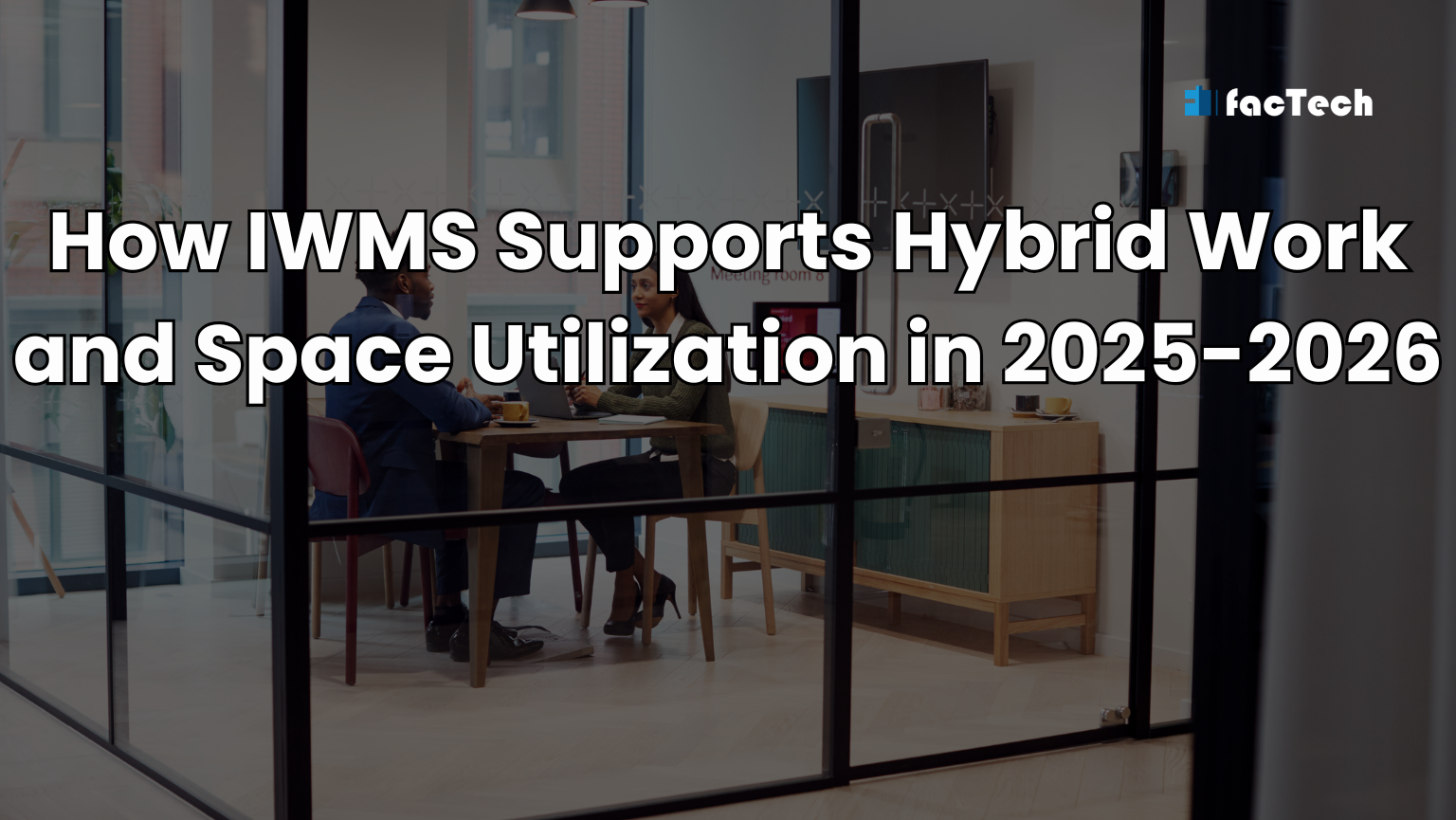AI-Driven SLA Monitoring in Work Order Systems
Contents
AI Agents are changing the way we monitor Service Level Agreements (SLAs) in a big way. These digital partners keep an eye on, predict, and improve service performance across sectors. It helps in replacing human spreadsheet tracking with smart, proactive solutions. The technology makes compliance rates, operational efficiency, and an improved work order systems. It also creates tremendous network effects that make the whole organization work better. With the help of Factech solutions, you can automate the SLA monitoring in the work order system.

What is SLA Monitoring?
SLA monitoring (Service Level Agreement monitoring) is the practice of constantly checking and confirming that the services provided by either an internal facilities team or an outside vendor satisfy the performance requirements set down in a Service Level Agreement. It defines what services will be provided, the expected level of services, roles and responsibilities, reporting, penalties and review.
Why is SLA Monitoring Crucial?
- Ensures that important facility services are always provided at a level that everyone agrees on.
- Clearly states what is expected and makes service providers accountable for how well they do their job.
- More pleased building tenants and internal clients come from meeting SLAs.
- SLA monitoring data can help facility managers use their resources more efficiently to reach their goals.
- Keeping an eye on things and following SLAs can help avoid expensive malfunctions, disruptions, and possible fines.
- Performance data helps you find problems, make procedures better, and deliver better service over time.
- Shows how useful facility services are and how well upkeep works.

Impact of AI-Driven SLA Monitoring on Work Order System
AI-driven SLA monitoring makes work order systems in FM much better by turning them from reactive tools into proactive, smart platforms. This is how it makes the system better:
Preventing Breaches Before Happen:
After a breach of an SLA, traditional systems generally send out alerts. AI can tell when a work order is likely to break its SLA by looking at historical data, real-time sensor inputs from IoT devices, and the present status of the work order.
Automated Routing and Prioritization:
AI can automatically sort incoming work orders by numerous parameters, such as how important the asset is, how the problem affects operations, and the SLA that goes with it. Then, based on the technician’s talents, current location, availability, and workload, it may intelligently send the work order to the best technician. This makes sure that the most important jobs are done quickly by the proper individual.
Dynamic Resource Allocation:
AI can dynamically move resources around by keeping an eye on the progress of work orders and the availability of technicians. AI can recommend or automatically reassign duties to make sure that all SLAs are satisfied and that technicians are working as efficiently as possible.
Real-time Performance Insights & Alerts:
AI-powered dashboards show you how well SLAs are doing in real time for all work orders. This implies that facility managers can quickly determine which services are fulfilling their goals, which ones are in danger of failing, and where there are problems. Automated alerts go off not only for breaches but also for threats that are about to happen so that remedial action can be taken right away.
Root Cause Analysis and Continuous Improvement:
AI can look at a lot of historical work order data, like past failures, repair times, and technician notes, to find patterns that happen again and over again and the real reasons why SLAs are missed or equipment breaks down a lot. This comprehensive understanding helps facility managers come up with long-term fixes, fine-tune their preventative maintenance programs, and make their overall operations better, which keeps them in compliance with SLAs.
Better communication and Transparency:
AI can automatically provide updates on work order status and SLA progress to the people who need to know, like department heads and those who live in the building. This makes things clear, sets expectations, and cuts down on the need for manual communication, which makes people happier.
Integration of Predictive Maintenance:
AI can use IoT sensors to create work orders for predictive maintenance before an asset fails. This eliminates unexpected downtime that would otherwise break an SLA. This is a big change from “fix-it” maintenance to “prevent-it” maintenance.
With Factech Software Automate SLA Monitoring
Factech’s software, which uses AI, changes work order systems by automating SLA monitoring, turning a reactive process into a proactive one. Our software can use AI to look at previous performance and real-time data to identify possible SLA breaches, smartly prioritize jobs, and automatically send notifications to make sure that help arrives on time. This smart automation makes managing work orders easier, makes better use of resources, and gives you a full picture of what’s going on. In the end, this leads to better service, less downtime, and more operational efficiency in facility management.
The bottom line
AI-driven SLA monitoring gives work order system intelligence, allowing them to predict, improve, and automate the process. Which greatly speeds up response times, increases resolution rates, and makes better use of resources. Take leverage of the Factech system to implement AI driven SLA monitoring and improve the work order system. Contact us to get a free demo.
FAQs
Q: What does SLA monitoring mean in Facility Management?
It’s always keeping an eye on services to make sure they satisfy the performance standards set out in an agreement.
Q: What does AI do to make work order systems better?
AI makes work order systems proactive by identifying problems, automating processes, and making the best use of resources.
Q: Name two key benefits of AI-driven SLA monitoring.
It stops breaches before they happen and gives you information about performance in real time.
Q: How does Factech’s software help with automatic SLA monitoring?
Factech’s technology, which uses AI, automatically sends alerts, sorts jobs by importance, and looks at data to make sure SLAs are met.













